A deadline passed recently, for which I was working very hard. I stayed in my lab until 10 p.m. for a few evenings running, which made for some long days. The deadline arrived, I gave a presentation, and life returned to normal.
The next morning, after the deadline, I was cycling up the hill towards my department, and had composed half-a-dozen haiku in my head before I had even reached my destination. The details of life returned to me, once more. Breezes, leaves, sunshine. Surely, this is a sign that there is life after deadlines.
Back at home, the weather turning colder, and the leaves becoming tinged with red, I realised that autumn is not just threatening to arrive - it is here already. Little signs indicate its presence: condensation on the windows in the morning, the last days of the punting season, my wife wearing Chinese leggings underneath her trousers.
Summertime is fading, and with it, my chances to enjoy my qingxiang wulong - I prefer to drink them in the warmer months, along with green tea. So, to the last of my sample of "Dayuling" wulong, from Essence of Tea.
It is, like the Houde and Teamasters versions of the same wulong, excellent.
I have long suspected that the greatest profits for on-line tea merchants are in (i) pottery, (ii) wulong, (iii) everything else, in descending order. The products for the former two are untraceable, the margins are nebulous, and, more or less, one can charge what one wishes for pots and wulong. It is no coincidence that I buy neither via the internet.
The world of pu'er sales, of course, is much more competitive - especially when it comes to selling modern pu'er. The customer can simply look up the "real" price on Taobao, and suddenly one's margins appear for what they are. There is little space for creative vendor marketing and consequently comfortable margins when it comes to such transparently-priced goods, and I appreciate transparency. It is the defining factor of a mature market.
I can't imagine what the market for modern CNNP might be. I suspect it is aimed at the mass of the Chinese populace for whom pu'ercha is something special, unknown, and unknowable. Hence, there are now many brands that produce "friendly" (i.e., processed) cakes for immediate consumption by the general public.
This "Yun Tianxia" [charm/harmony everywhere under heaven] is probably some sort of special production, given its sweeping name. I get the impression from personal experience that the taste of the average Chinese nouveau-riche tends towards the ostentatious. Hence, the amusing vulgarities of "VIP" counters in most city banks, special private dining rooms in restaurants filled with loud large-screen televisions, and so on. One isn't successful unless he is waving it in the face of his peers, it seems - this is precisely the opposite to English culture, which makes for endless fun when travelling the Mainland...
This cake certainly looks the part, however, and is made from beautifully long leaves. The compression has been performed by hand, and it is easy to remove entire leaves from the bing.
I'm sure I don't need to bother you with my prejudice against modern CNNP. This cake does not shake my assumptions about the brand, it being sour, moderately sweet, tangy, and straw-like. It is not bad, per se, but it soldiers on through the infusions in an unchanging and unenthralling manner.
Thanks to Keng for generously providing Lei and me with the opportunity to try this cake.
In other news, Taobao Focus have recently provided me with a photograph of our latest order, collected at their warehouse in China, awaiting shipment to the UK:
Tongs of Xingshunxiang and Dingxing prior to shipping, plus some unexpected additions!

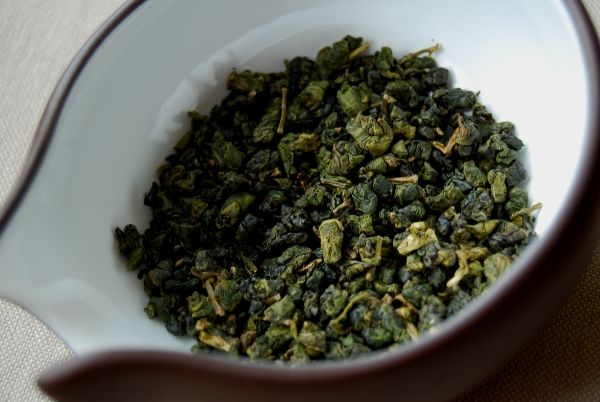
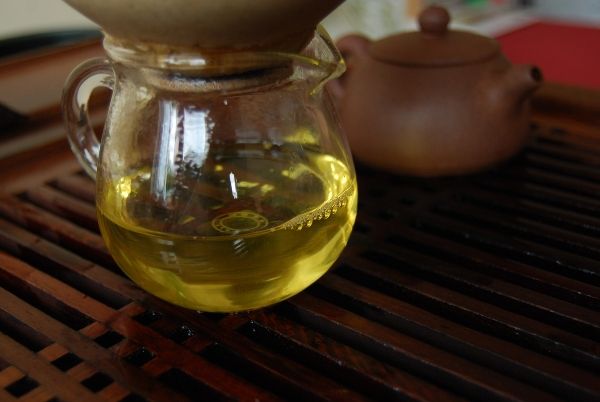
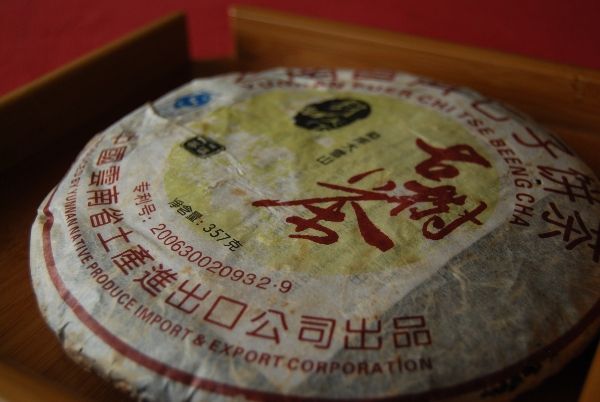
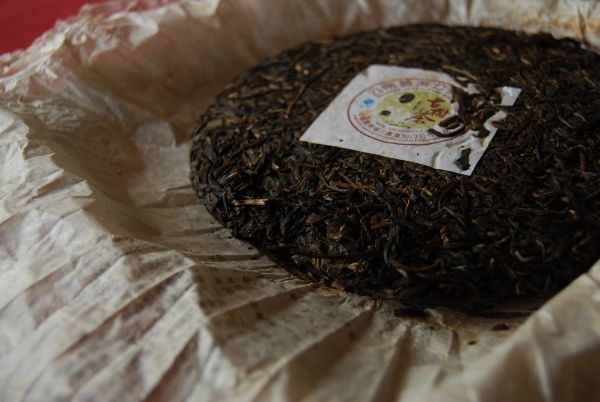
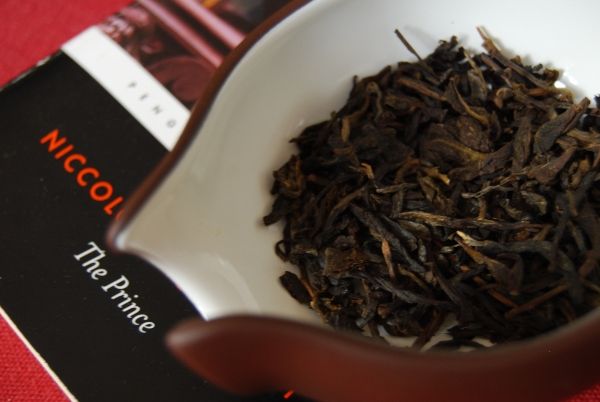
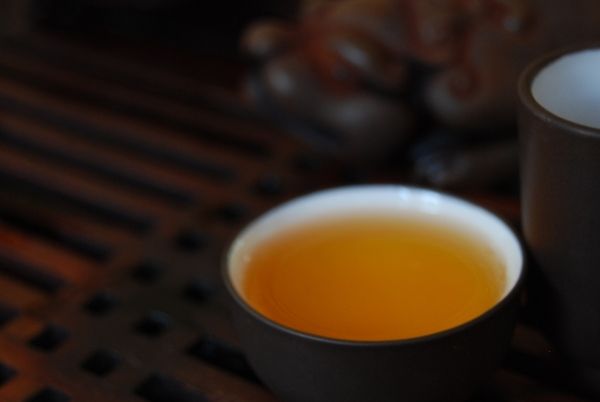
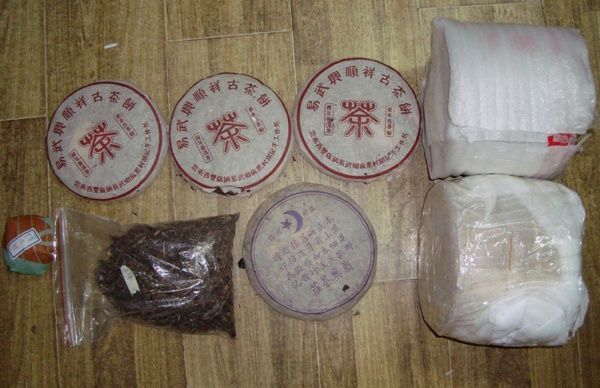
I share your frustration with buying oolong on the Net. Living in New York, I pretty much confine myself to trying before I buy.
ReplyDeleteAs for the "real" price for modern Pu'er being set by Taobao, I'm not so sure. Is that the price for the fake cake or the authentic one? I'm guessing that by using the word "modern" you're excluding the issue of moldy vs. clean...
Living within New York? Try Maine. That's "confined" for you.
ReplyDeleteTaobao is not too bad, price wise, although a better guage is actually calling up friends. At the same time, you can say taobao prices is a realistic, "I can buy it now if I want from X" price, whereas the price that is quoted by store A in the middle of the Kunming tea market is not.
Dear Lew,
ReplyDeleteI'm with MarshalN on this one - there is no "real" price other than the market price, and Taobao is a huge market. If your tea is one of the likely-to-be-on-Taobao kind, then its price is set by Taobao. Anything else on top of that is the price that you pay for having the web-site you're buying it from written in English, and yet another middle-man's profit margin, in my opinion.
I find, also, that I am not conscious of "fakes" on Taobao. With some nominally smart shopping (i.e., buying from large, reputable vendors, not buying "old" cakes, not buying cakes that are obviously far, far too cheaply priced), such considerations are moot.
Of all the many cakes I've bought on Taobao, I've had one howling fake, and I bought that (with a friend, Dr. Kim) willingly, for a bit of fun.
Taobao's a piece of cake. Or bingcha. :)
I believe that there is a reason that most Western-oriented vendors are moving out of the cheap-and-cheerful pu'er market, and into selling teapots / wulong / old pu'er, and I believe that reason is closely linked to the access of Taobao now granted to Western drinkers.
Toodlepip,
Hobbes
I am sure you have also read Baltazar Gracian :D
ReplyDeleteDear Flo,
ReplyDeleteI rather prefer Machiavelli's frank and direct style, given the frank and direct subject matter, but each to their own ;)
Toodlepip,
Hobbes